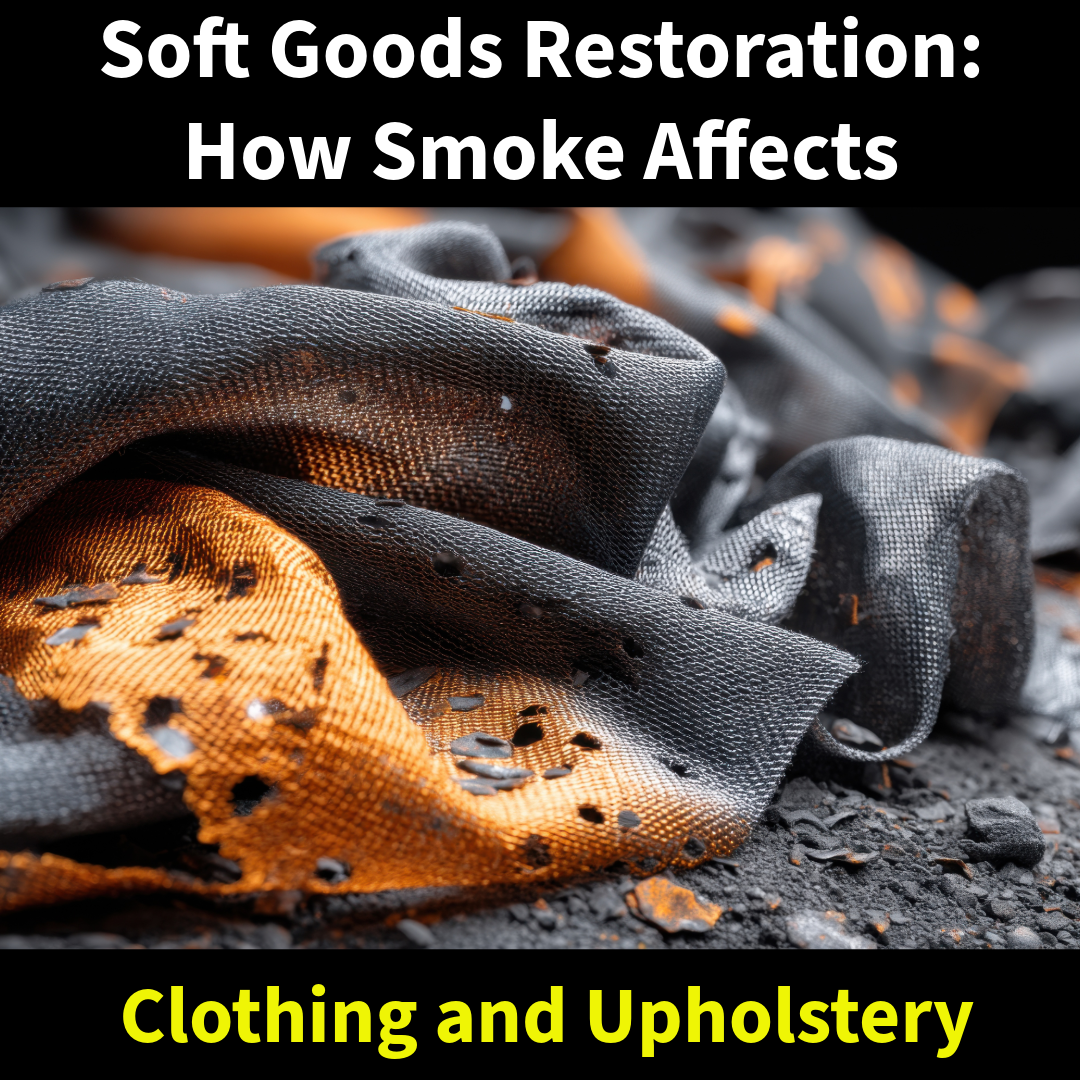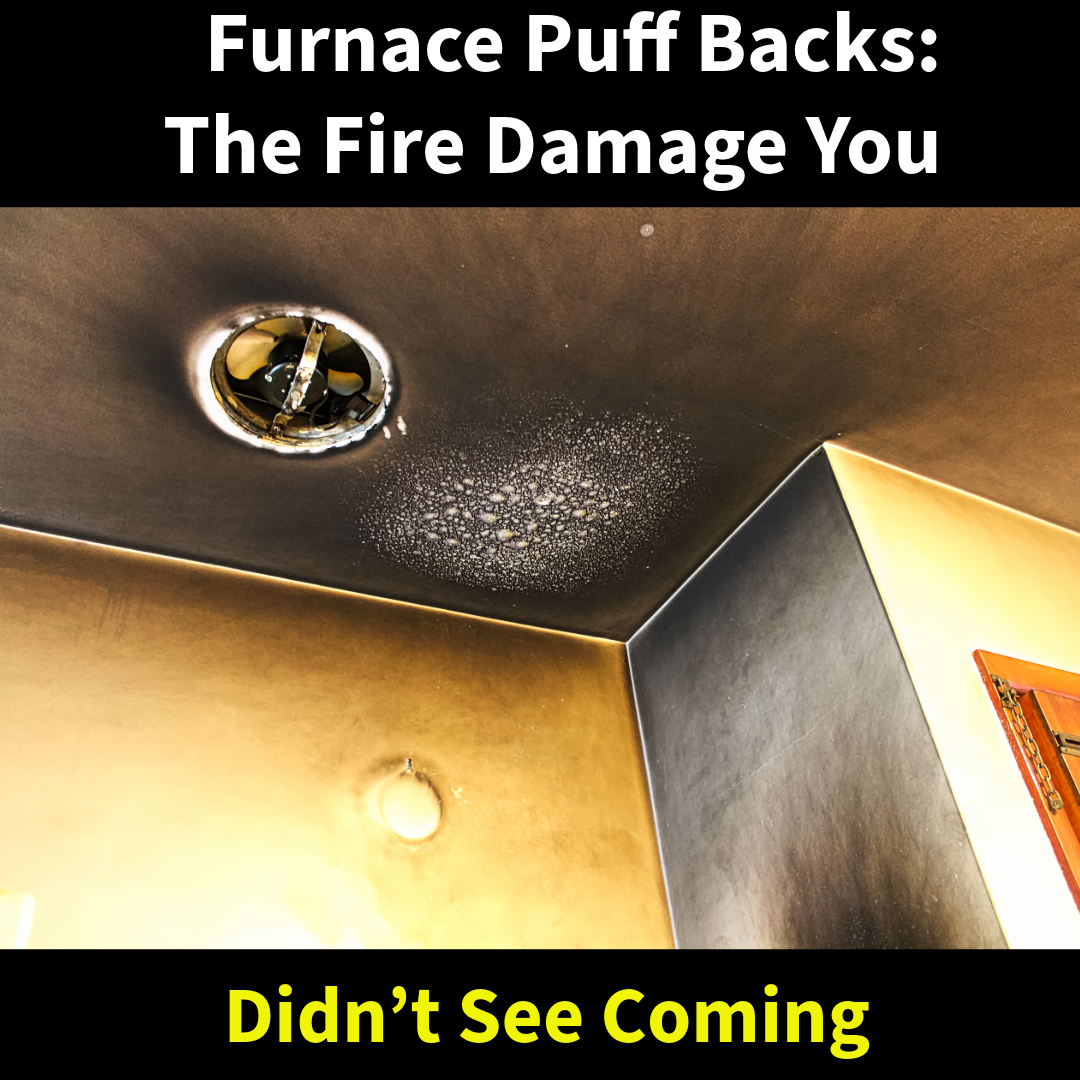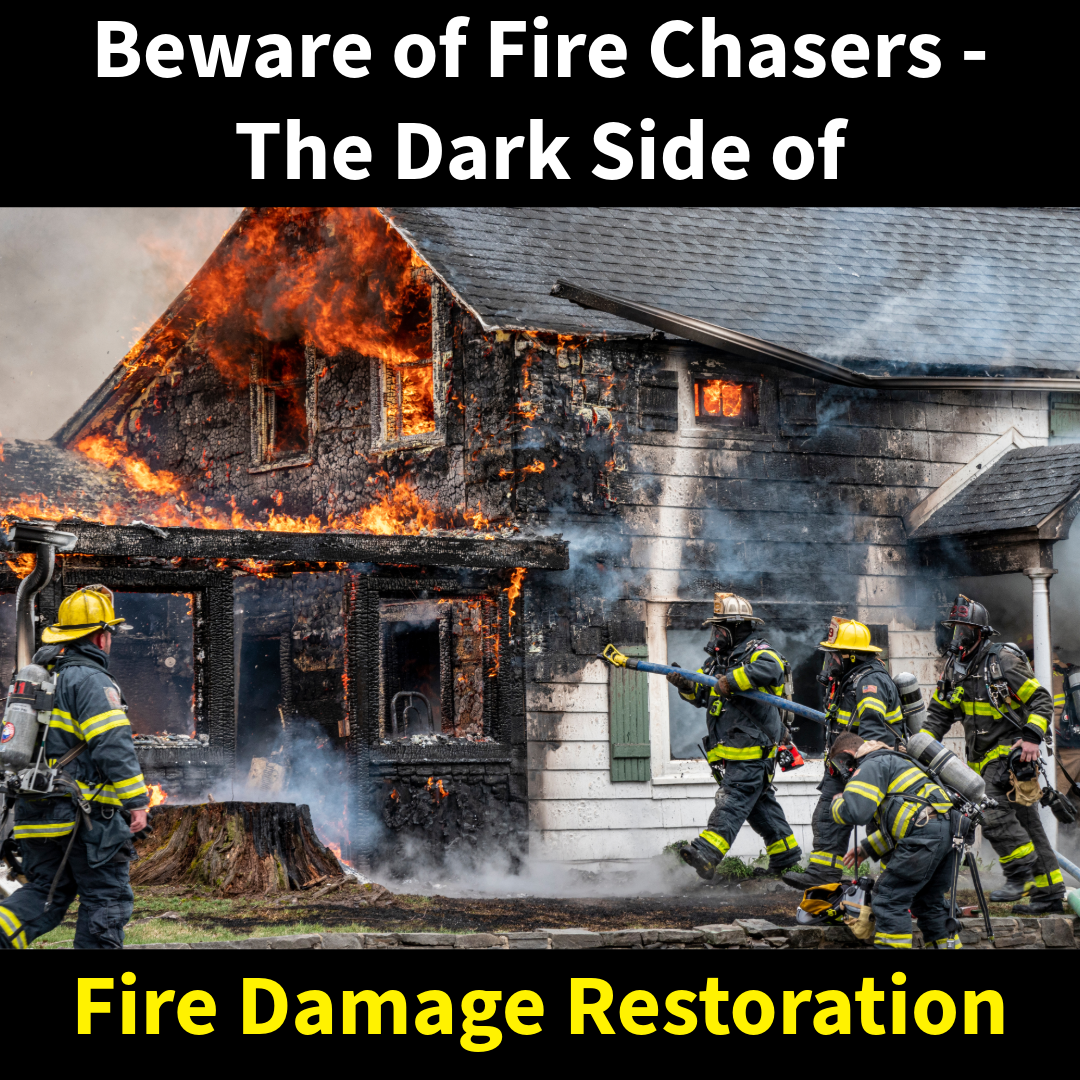When Smoke Clings Beyond the Flame
After a fire, it’s not only the walls, ceilings, and furniture that suffer. Soft goods — clothing, bedding, drapes, and upholstered furniture — absorb smoke and soot deep into their fibers. Even items that look “untouched” by flames can carry lingering odors and harmful residues that pose both comfort and health concerns.
Why Smoke and Soot Are So Difficult to Remove
Unlike surface cleaning, soft goods restoration is challenging because:
- Porous Materials: Fabrics and stuffing absorb smoke particles quickly, trapping odors.
- Chemical Residues: Soot contains acids that can break down fibers and cause discoloration.
- Health Risks: Residual smoke odors are not just unpleasant — they can trigger asthma, allergies, and other respiratory issues.
Professional Cleaning vs. DIY Attempts
Home washing machines and off-the-shelf cleaning products are rarely enough to eliminate smoke damage from fabrics. In fact, improper cleaning can “set” the odors and stains, making them harder to remove. Professional fire damage teams use specialized methods such as:
- Ozone Treatment to neutralize odor molecules.
- Thermal Fogging that penetrates fibers with odor-counteracting agents.
- Specialized Laundering with detergents formulated to break down smoke residues.
Commonly Restored Soft Goods
- Clothing and footwear
- Bedding and pillows
- Curtains and drapes
- Upholstered chairs, sofas, and cushions
- Area rugs and carpets
Why Acting Quickly Matters
The longer smoke sits, the harder it is to remove — and in many cases, fabrics may need to be discarded if not treated promptly. Quick professional intervention gives homeowners the best chance of saving items with both financial and sentimental value.
Call the Experts Who Know Soft Goods Restoration
MSI has decades of experience restoring fire-damaged homes, including delicate soft goods. Our team knows how to salvage what matters most, using proven techniques to remove smoke, soot, and odors safely and effectively.
If your home has suffered a fire, don’t assume your clothing, bedding, or furniture is lost — call MSI today at 215-339-1769 for expert fire and smoke restoration.


